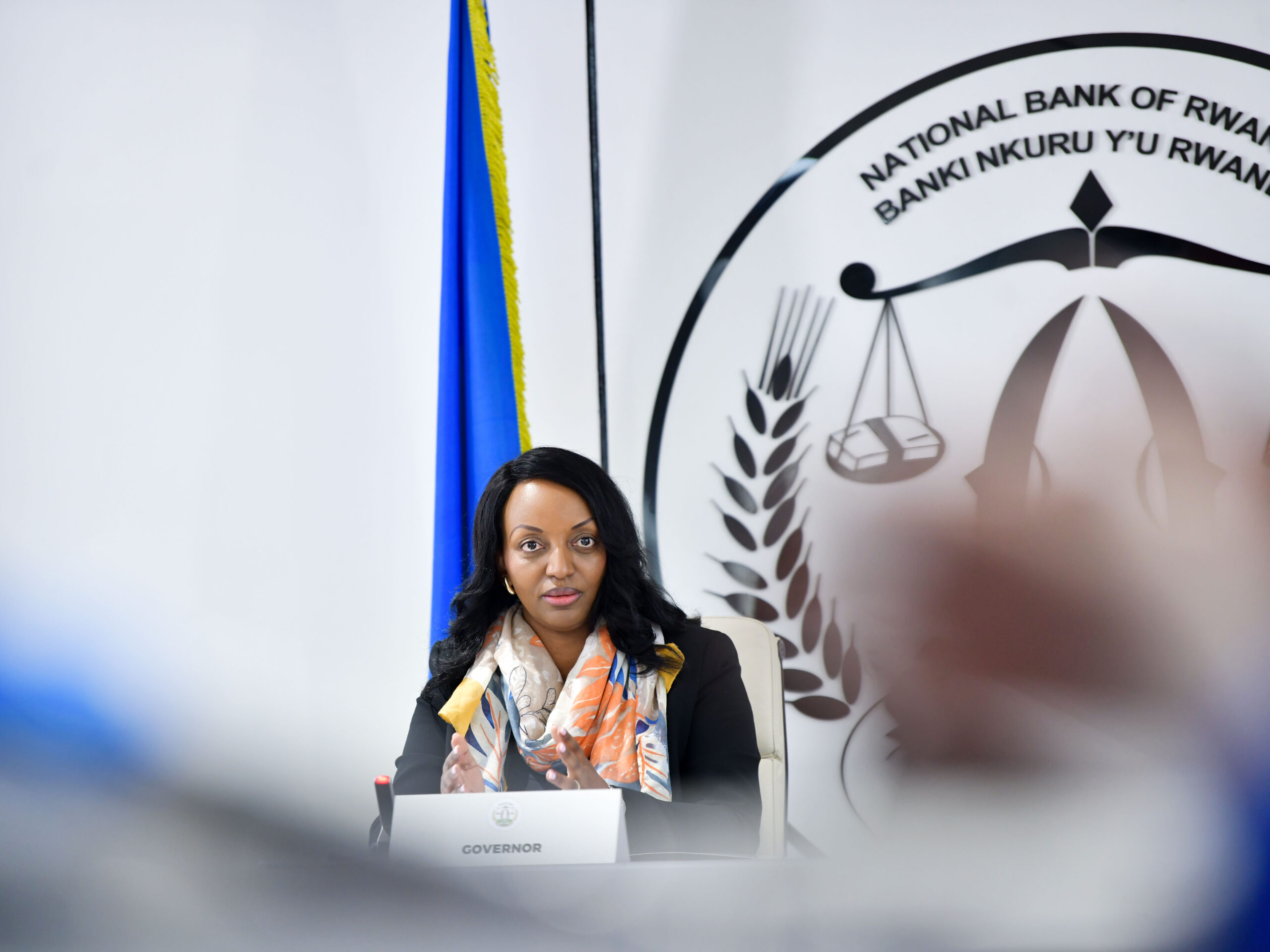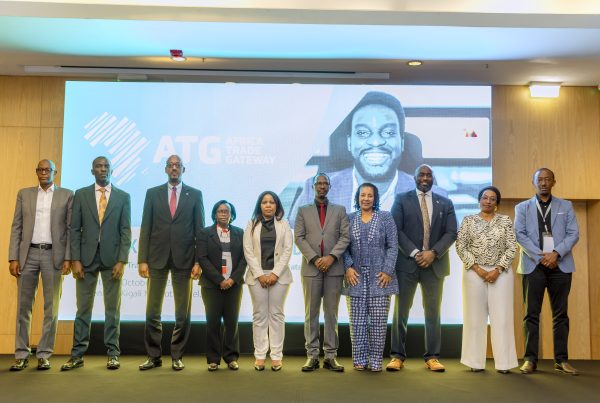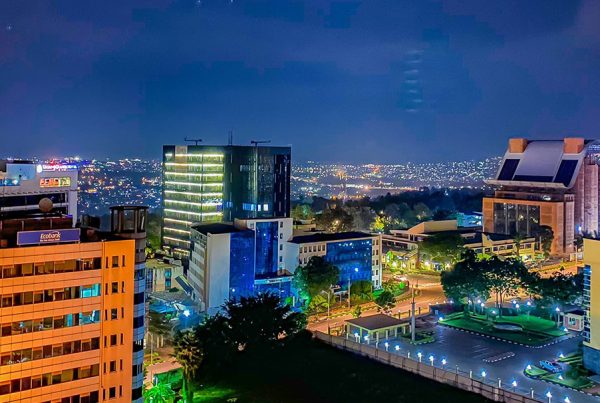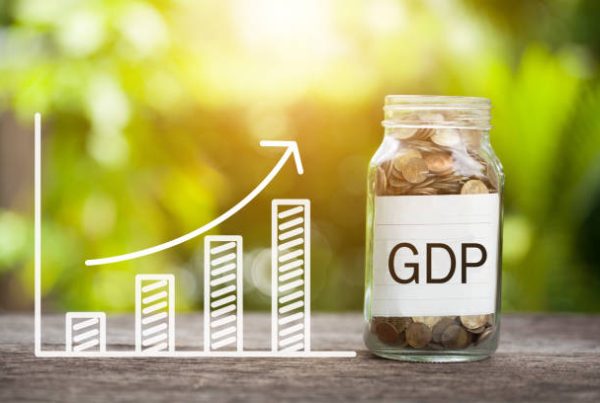Rwanda’s economy expanded 7.2 percent in the first half of 2025, cementing its position among Africa’s fastest-growing markets, as resilient exports, reforms to the foreign exchange market, and rapid digitalization offset pressures from a weaker global outlook.
The latest figures from the National Bank of Rwanda highlight the country’s continued momentum at a time when global growth is projected to ease to 3 percent in 2025, down from 3.3 percent last year. Sub-Saharan Africa as a whole is expected to grow at 4 percent, leaving Rwanda comfortably above the regional average.
Governor Soraya Hakuziyaremye said the results underscored “a resilient domestic economy anchored by prudent policy measures and structural reforms.” Inflation slowed to 7.1 percent in August, well within the central bank’s target band, after peaking above 20 percent in 2023. “We expect inflation to decline further to 5.6 percent in 2026, keeping Rwanda within its medium-term price stability objective,” Hakuziyaremye added.
The Rwandan franc, which depreciated sharply in recent years, has shown signs of stabilization. The currency weakened only 2.96 percent against the dollar in June compared with 3.73 percent a year earlier. The governor attributed the improvement to a narrowing of the trade deficit in the second quarter, combined with foreign exchange reforms and a softer dollar globally. “Reforms in the foreign exchange market and stronger external performance have helped ease pressures on the franc,” she said.
The central bank lifted its policy rate to 6.75 percent in August from 6.5 percent in June to contain price pressures, but monetary conditions remain broadly supportive of credit expansion. Outstanding loans rose 15 percent year-on-year to Rwf5.68 trillion in June, with banks reporting healthier loan quality across sectors from agriculture to construction.
Financial institutions remain robust, with capital and liquidity buffers comfortably above regulatory minimums. Banks recorded a return on equity of 18.9 percent in June, while insurers and pension funds continued to expand assets. Ejo-Heza, the voluntary savings scheme, saw contributions climb 55 percent to Rwf11 billion, signaling deeper financial inclusion.
Digital payments surged, with e-payment transactions reaching 302 percent of GDP in the first half of 2025, up from 211 percent a year earlier. The upgrade of the Rwanda Integrated Payments Processing System (RIPPS) has further boosted real-time transfers and transaction volumes. The acceleration underscores the country’s push toward a cashless economy and its positioning as a financial technology hub in the region.
Still, risks remain. The Central Bank cited global geopolitical tensions, volatile commodity prices, and adverse weather as potential drags on performance. Rising digitalization also exposes the sector to operational risks and fraud, though the regulator stressed it is tightening oversight and enforcing risk-management measures.
Even with these vulnerabilities, the outlook remains favorable. The central bank expects continued growth momentum supported by private-sector lending, resilient consumer demand, and expanding digital ecosystems. With inflation projected to edge lower, Rwanda is set to maintain its trajectory of above-average growth relative to its African peers.





